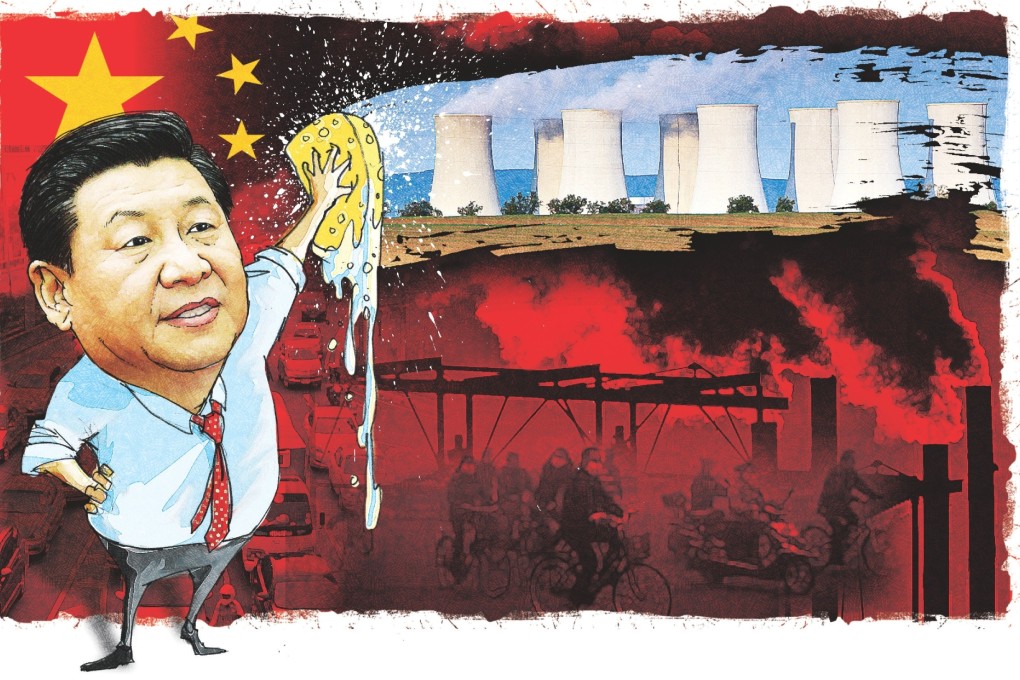China's nuclear dream: how the atom could lead to self-sufficiency near-zero emissions
Nuclear power to lead China's near-zero emission push amid challenge from solar and wind sectors

When China embarked on its first nuclear programme 60 years ago, it was in response to threats from the United States over the Taiwan Strait. Today, the power of the atom is front and centre of another strategy - energy self-sufficiency and to drastically curb carbon emissions.
In the past two decades, China has transformed itself into one of the world's leading nuclear nations.
Marking the 60th anniversary last Thursday of the nuclear industry, President Xi Jinping praised its achievements, crediting the hard work and innovation of several generations of scientists and workers.
Describing the industry as the bedrock of national security, Xi said China should continue to innovate and use nuclear power in a peaceful way to open a new chapter for its nuclear industry.
Indeed, nuclear energy is set to lead the pack of near-zero emission energy that will help the mainland reach Xi's target for carbon dioxide emissions to peak by 2030. But its lead may be usurped by solar and wind power in the decades beyond.
The unfolding shift in the mainland's energy mix - with less reliance on dirty-burning coal and petroleum and rising consumption of clean energy - will accompany the nation's economic rebalancing featuring a marked slowdown in the growth of energy-intensive manufacturing industries and fast expansion in consumption and services-based activities.
Xi, a tough reformist with an anti-corruption campaign whose breadth and reach have surprised many China watchers, is likely to use the same kind of determination in the reform of other areas such as the economy and the environment, where graft had previously weakened policy execution.